Business in Sri Lanka, Colombo

Sri Lankan Economy and International Trade. Agreement with India. Buddhism
- Introduction to the Democratic Socialist Republic of Sri Lanka (Asia)
- Business in Colombo
- Sri Lankan Economy
- International Trade of Sri Lanka
- Asia-Africa Corridor
- Trade Relations Sri Lanka-India
- Investment in Sri Lanka
- Case Study: Sri Lankan companies;
- Brandix Lanka
- Sri Lanka Telecom
- Access to the Sri Lankan Market
- Business Plan for Sri Lanka
The objectives of the subject “International Trade and Business in the Democratic Socialist Republic of Sri Lanka” are the following:
- To analyze the Sri Lankan Economy and Global Trade
- To know the trade opportunities in the Democratic Socialist Republic of Sri Lanka
- To explore the Sri Lankan trade relations with the country of the student
- To know the Sri Lankan Trade Agreements
- To examine the profile of Sri Lankan Companies
- To develop a business plan for the Sri Lankan Market

The Subject “Foreign Trade and Business in Sri Lanka” belongs to the following Online Programs taught by EENI Global Business School:
Masters: International Business, Foreign Trade.
Languages:  (
( Sri Lanka
Sri Lanka  Sri Lanka).
Sri Lanka).
- Credits of the subject “Doing Business in Sri Lanka”: 2

- Duration: two weeks
Masters adapted to the  Sri Lankan Students.
Sri Lankan Students.
International Trade and Business in Sri Lanka.
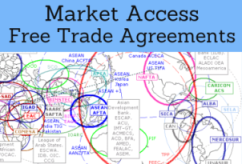
Sri Lankan Preferential Access and Trade Agreements:
- Sri Lanka and the Buddhist Economic Area
- South Asian Association for Regional Cooperation
- Asia-Pacific Trade Agreement
- Bay of Bengal Initiative
- South Asia Economic Cooperation (SASEC)
- Indian-Ocean Rim Association
- Asian Clearing Union
- India-Sri Lanka Agreement
- Pakistan-Sri Lanka Agreement
- Global System of Trade Preferences
- SCO (Dialogue Partner)
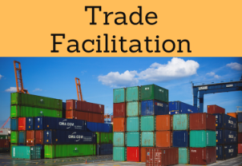
- WTO
- Agreement on Sanitary and Phytosanitary Measures
- GATS
- Agreement on Technical Barriers to Trade
- Agreement on Preshipment Inspection
- Agreement on Safeguards
- Trade Facilitation Agreement
- WCO
- BIC
- Chicago Convention (ICAO)
- International Maritime Organization
- Istanbul Convention - not a member
- Customs Convention on Containers - not a member
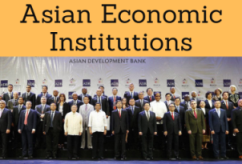
- Asian Development Bank
- Boao Forum for Asia
- Asia Cooperation Dialogue
- ESCAP
- Colombo Plan
- Africa-Asia Strategic Partnership
- Asia-Middle East Dialogue
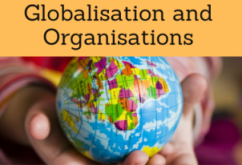
- Commonwealth
- UN
- WB
- WTO
- IMF
The Democratic Socialist Republic of Sri Lanka (formerly Ceylon before 1972) is located in South Asia, about thirty-one kilometers from the Southern coast of India.
- Population of Sri Lanka: 21 million people
- Sri Lanka is in 102 position out of 182 countries in the Human Development Indicators, ahead of Argentina (105), Vietnam (116th), Indonesia (111), India (134), Pakistan (141), and Bangladesh (146)
- Sinhalese constitute 74% of the population
- The two official languages of Sri Lanka are Sinhala and Tamil
- Capital of Sri Lanka: Sri Jayawardenapura Kotte
- Sri Lankan main city: Colombo
- Sri Lankan Area: 65,610 km²
- Sri Lanka is a Parliamentary Republic
- Independence of Sri Lanka from the UK: 1948
- Sri Lankan currency: Sri Lanka Rupee
- Maritime borders of Sri Lanka: India and the Maldives
Religions in Sri Lanka:
- Sri Lanka is a multi-ethnic and multi-religious nation
- 70% of the Sri Lankans belongs to Theravada Buddhism
- Sri Lanka has been a Buddhist religion and culture centre from ancient times
- Hinduism: 15% of the population
- Catholic Christians (1.2 million)

Sri Lanka belongs to the Buddhist Economic Area
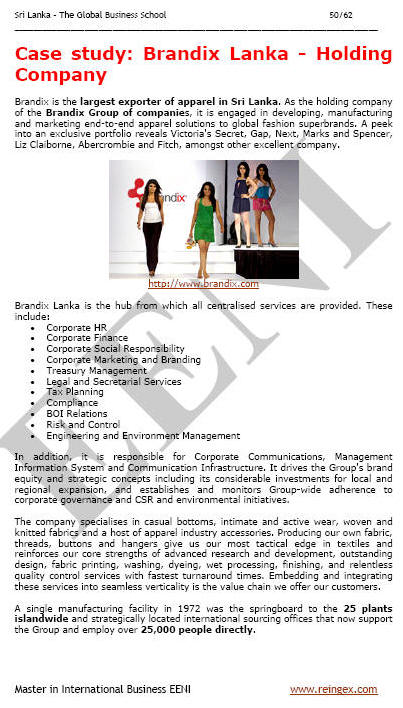
Sri Lankan Economy
- The Democratic Socialist Republic of Sri Lanka has a strategic location in Southern Asia, in the centre of one of the principal marine routes between Europe and the Far East: The Indian Ocean
- Sri Lanka has a relatively modern industrial economy and one of the highest levels of per capita income in the South Asian region
- Sri Lanka has positioned as a regional logistics centre and International Trade hub
- The services sector of Sri Lanka generates 60% of the GDP
- The main sectors of the Sri Lankan economy are telecommunications, trade, logistics and transport, and financial services
- Sri Lanka Multimodal Transport Project
- Brandix is the leading import apparel producer in Sri Lanka
- Sri Lanka Telecom is one of most valuable blue chip companies in Sri Lanka
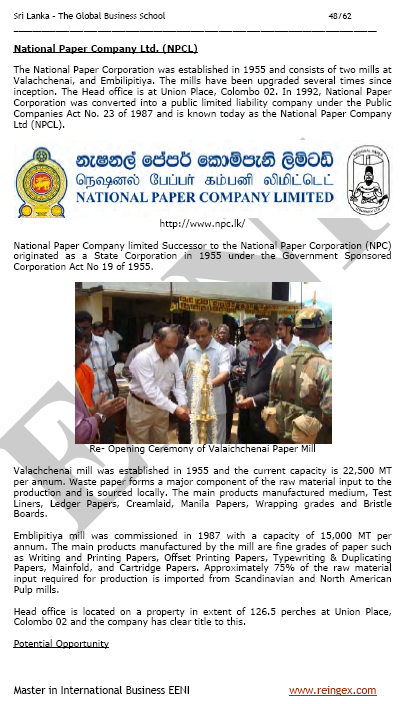
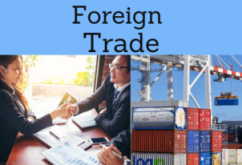
International Trade of Sri Lanka.
- Sri Lanka is known worldwide for tea, coffee, coconuts, and rubber exports
- The vision of the former President Rajapaksa (Mahinda Chintana) wishes to open the economy to the Globalization process, attracting the foreign direct investment and establishing Free Trade Agreements with the strategic partners
- Exports of Sri Lanka: 7 billion dollars
- Top Sri Lankan exports products are garments, tea, rubber products, coffee, jewelry and gems, refined petroleum, and coconuts
- Top Sri Lankan export markets are the U.S., the UK, and India
- Imports of Sri Lanka: 9.6 billion
- The largest suppliers of Sri Lanka are India, Singapore, Hong Kong, Iran, Malaysia, Japan, the UK, the Emirates, Belgium, Indonesia, South Korea, and the U.S.
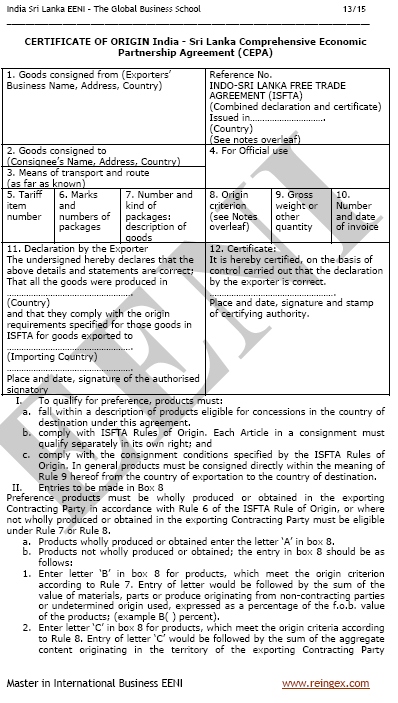
Free trade zones in Sri Lanka are one of the pillars of economic development and foreign direct investment source (FDI).
- Malaysia is the largest investor (55 million dollars)
- Other notable investors in Sri Lanka are the UK, Singapore, and Hong Kong
- 50% of all the Indian investments in the South Asian Association for Regional Cooperation countries are invested in Sri Lanka
(c) EENI Global Business School (1995-2024)
We do not use cookies
Top of this page



